[Illinois] Neuroengineering IGERT Symposium: Three Projects to Understand the Cocktail Party Effect
[Illinois] Neuroengineering IGERT Symposium: Three Projects to Understand the Cocktail Party Effect
-
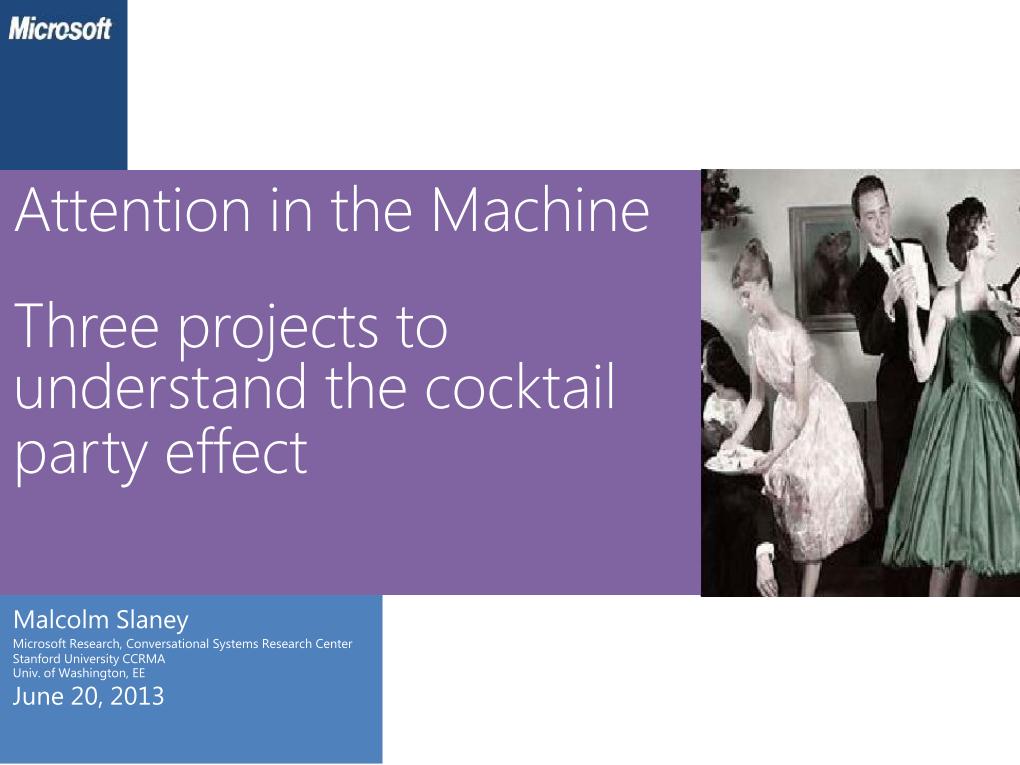 1. Attention in the Machine: Thre…
0
00:00/00:00
1. Attention in the Machine: Thre…
0
00:00/00:00 -
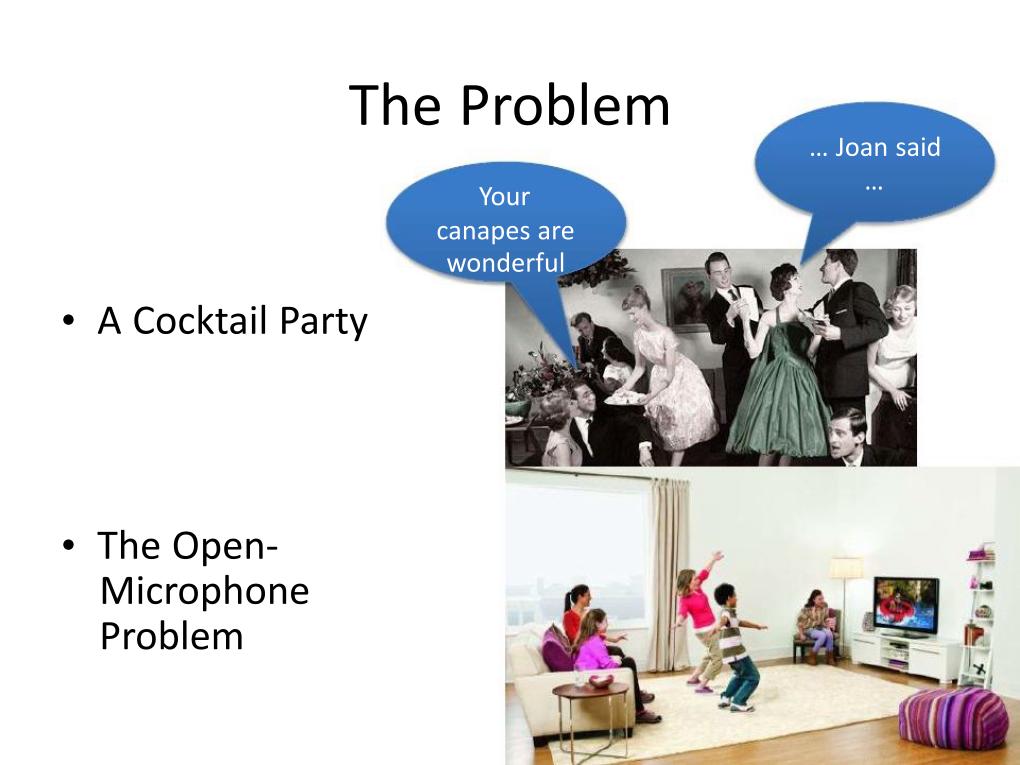 2. The Problem
67.310407790626911
00:00/00:00
2. The Problem
67.310407790626911
00:00/00:00 -
 3. Binaural Workshop
148.01452686252233
00:00/00:00
3. Binaural Workshop
148.01452686252233
00:00/00:00 -
 4. Top-Down vs. Bottom-Up
222.64161662067846
00:00/00:00
4. Top-Down vs. Bottom-Up
222.64161662067846
00:00/00:00 -
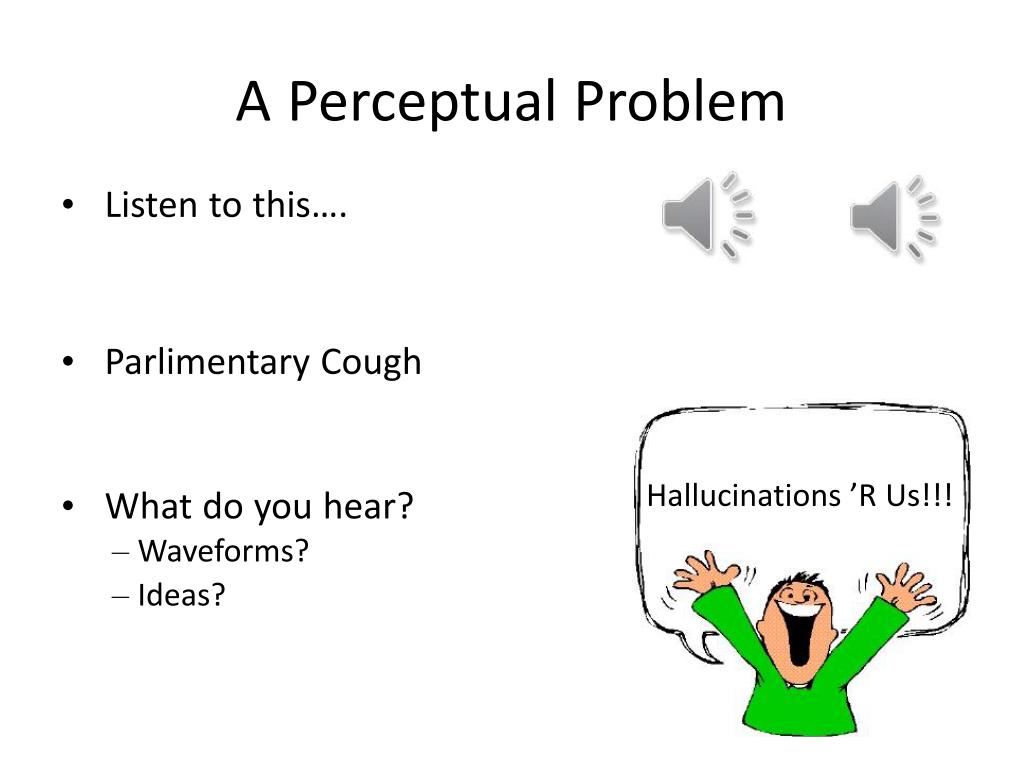 5. A Perceptual Problem
254.62465508845969
00:00/00:00
5. A Perceptual Problem
254.62465508845969
00:00/00:00 -
 6. Outline
531.87597809076681
00:00/00:00
6. Outline
531.87597809076681
00:00/00:00 -
 7. Real-time Attention Decoding w…
574.33107450089278
00:00/00:00
7. Real-time Attention Decoding w…
574.33107450089278
00:00/00:00 -
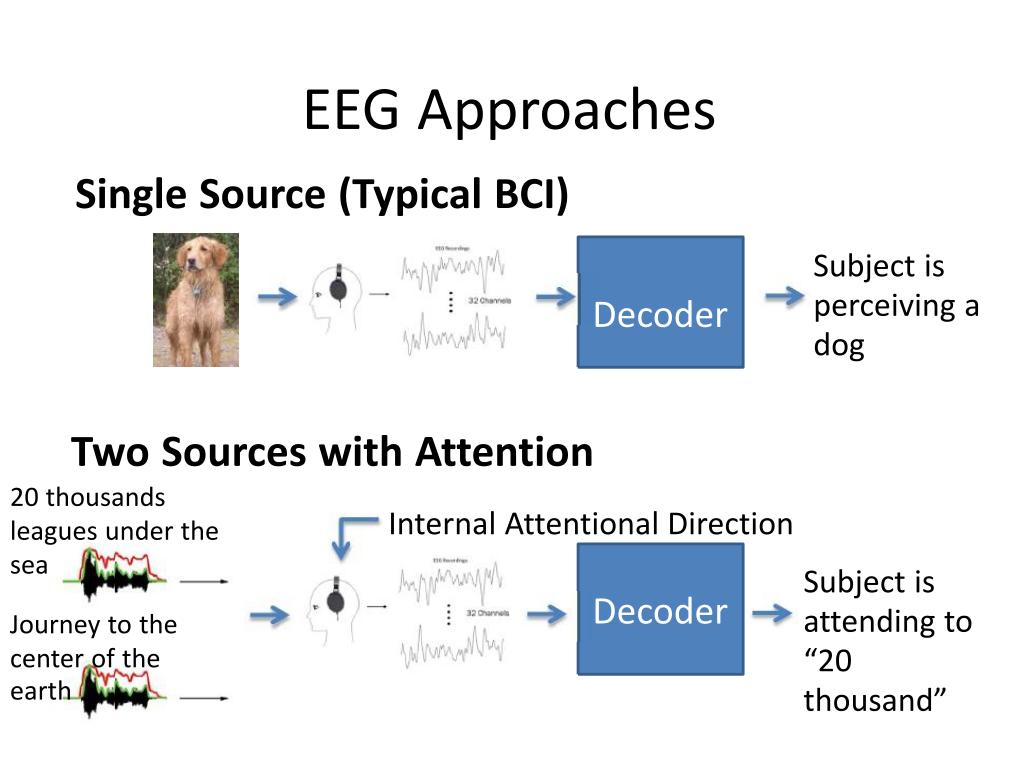 8. EEG Approaches
608.6694530108748
00:00/00:00
8. EEG Approaches
608.6694530108748
00:00/00:00 -
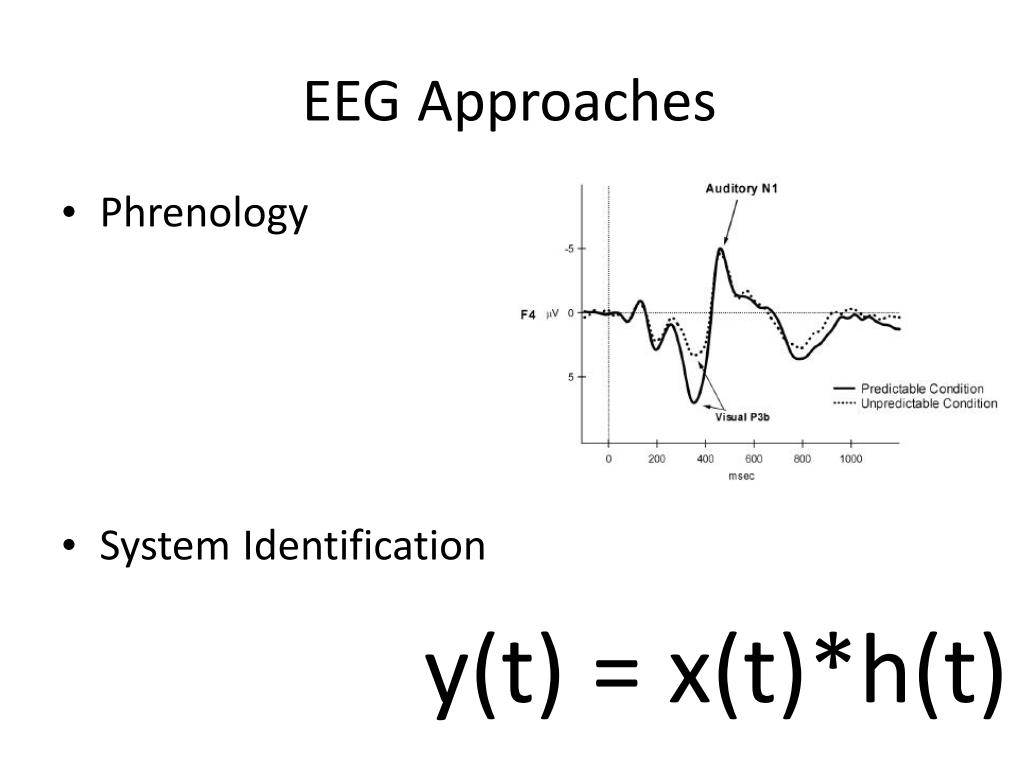 9. EEG Approaches
712.18044960233726
00:00/00:00
9. EEG Approaches
712.18044960233726
00:00/00:00 -
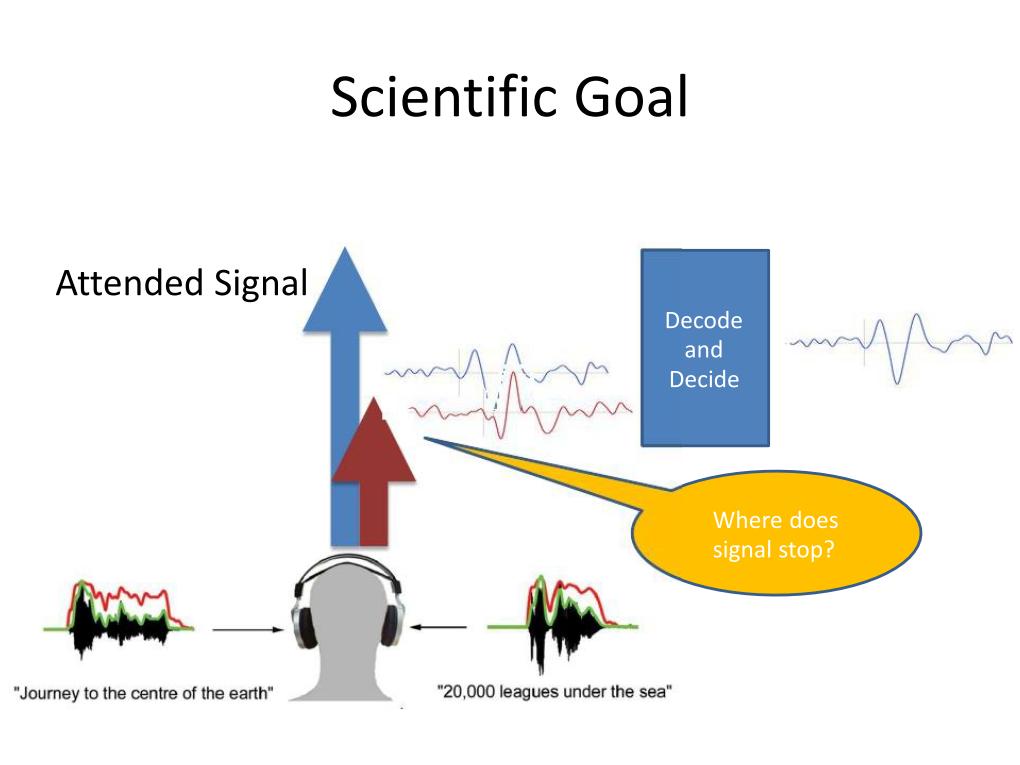 10. Scientific Goal
827.71607693556234
00:00/00:00
10. Scientific Goal
827.71607693556234
00:00/00:00 -
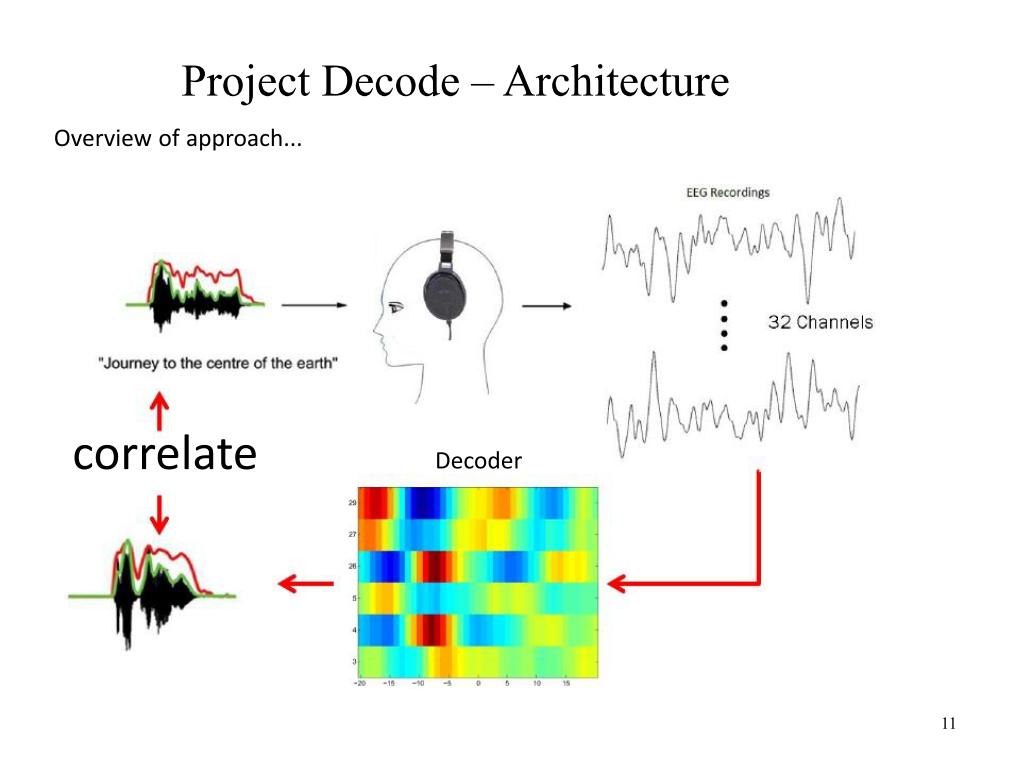 11. Project Decode
900.85558350917051
00:00/00:00
11. Project Decode
900.85558350917051
00:00/00:00 -
 12. Human Attention with ECoG
972.87940269436785
00:00/00:00
12. Human Attention with ECoG
972.87940269436785
00:00/00:00 -
 13. Decoding Approaches CCA Vespa
1141.5961288751826
00:00/00:00
13. Decoding Approaches CCA Vespa
1141.5961288751826
00:00/00:00 -
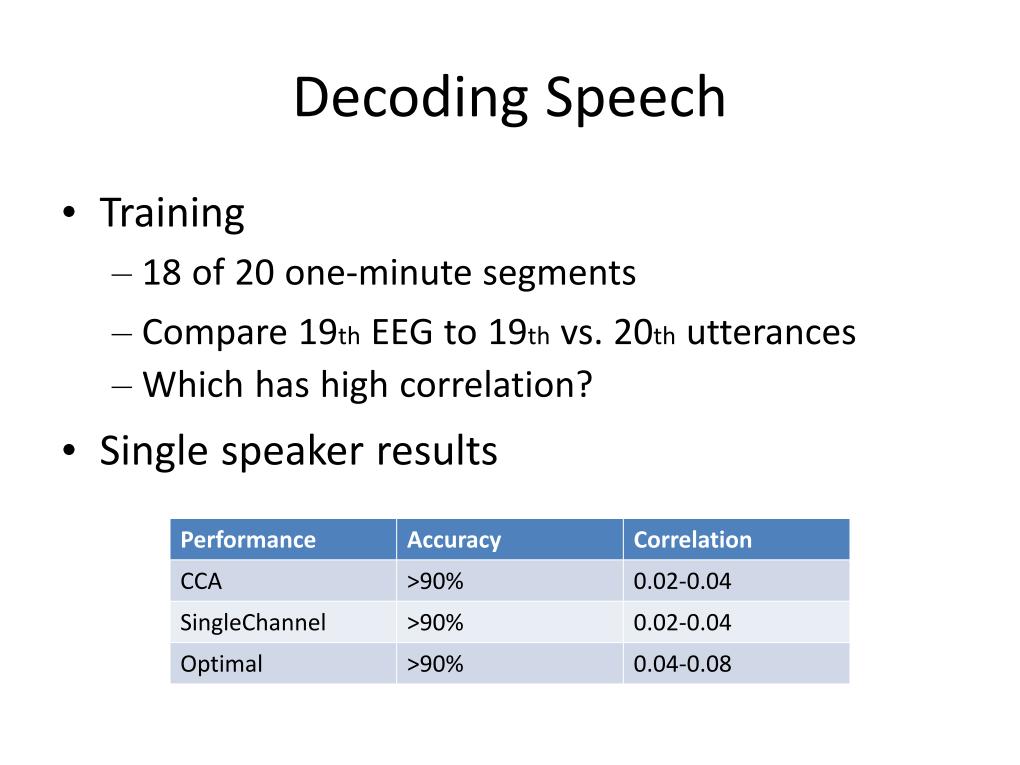 14. Decoding Speech
1248.5781528972568
00:00/00:00
14. Decoding Speech
1248.5781528972568
00:00/00:00 -
 15. Attention Decoding vs. Window …
1314.4037088135042
00:00/00:00
15. Attention Decoding vs. Window …
1314.4037088135042
00:00/00:00 -
 16. Project Decode
1387.6671806524914
00:00/00:00
16. Project Decode
1387.6671806524914
00:00/00:00 -
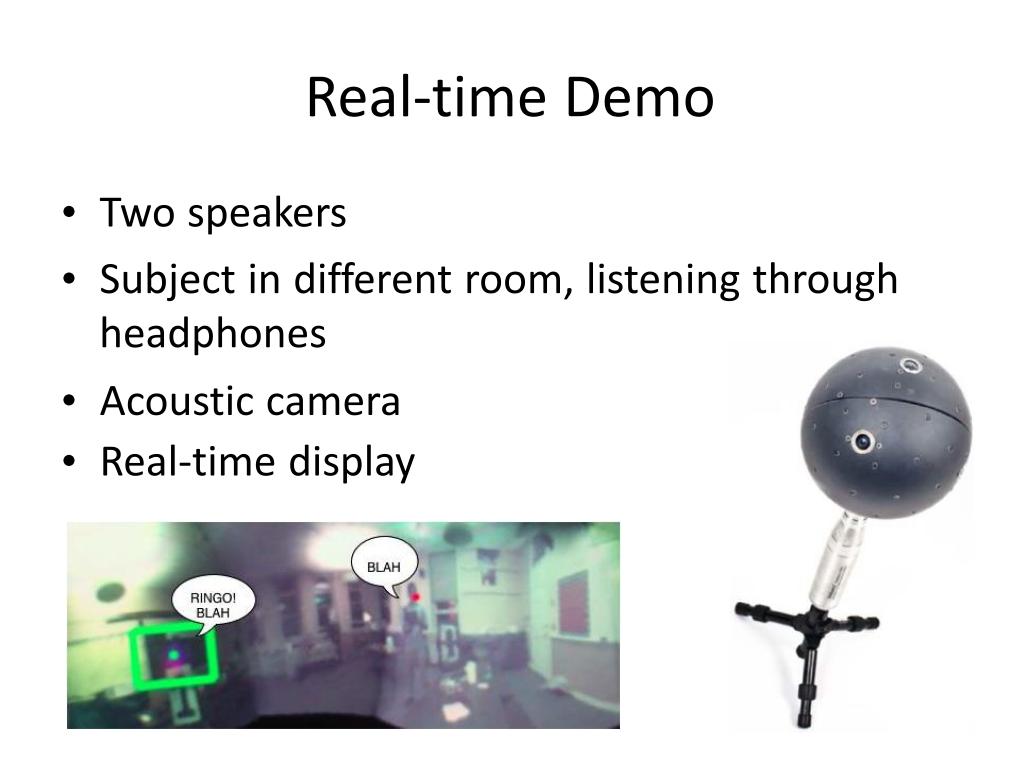 17. Real-time Demo
1435.2698425580263
00:00/00:00
17. Real-time Demo
1435.2698425580263
00:00/00:00 -
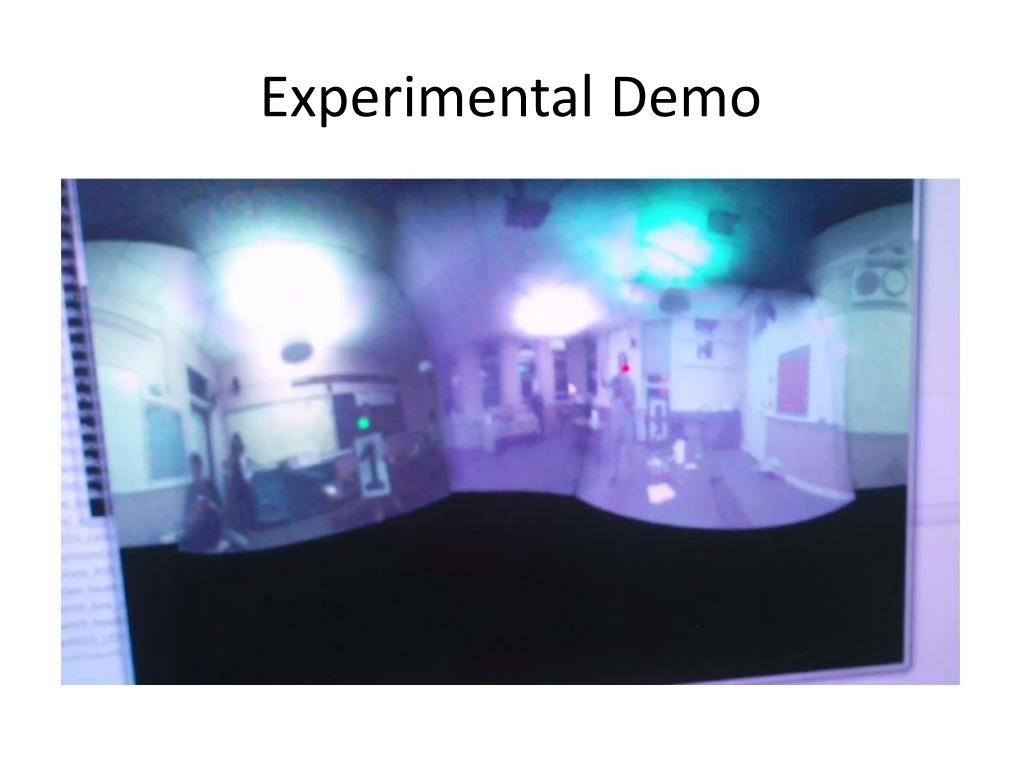 18. Experimental Demo
1527.3760347346208
00:00/00:00
18. Experimental Demo
1527.3760347346208
00:00/00:00 -
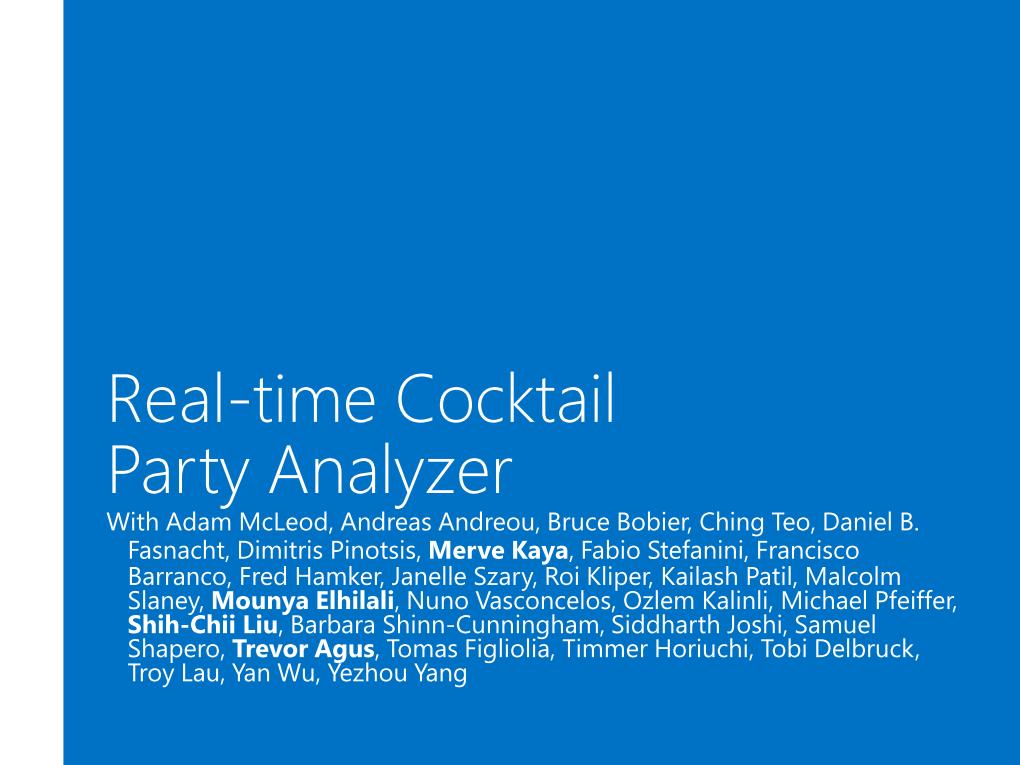 19. Real-time Cocktail Party Analy…
1632.1266839798734
00:00/00:00
19. Real-time Cocktail Party Analy…
1632.1266839798734
00:00/00:00 -
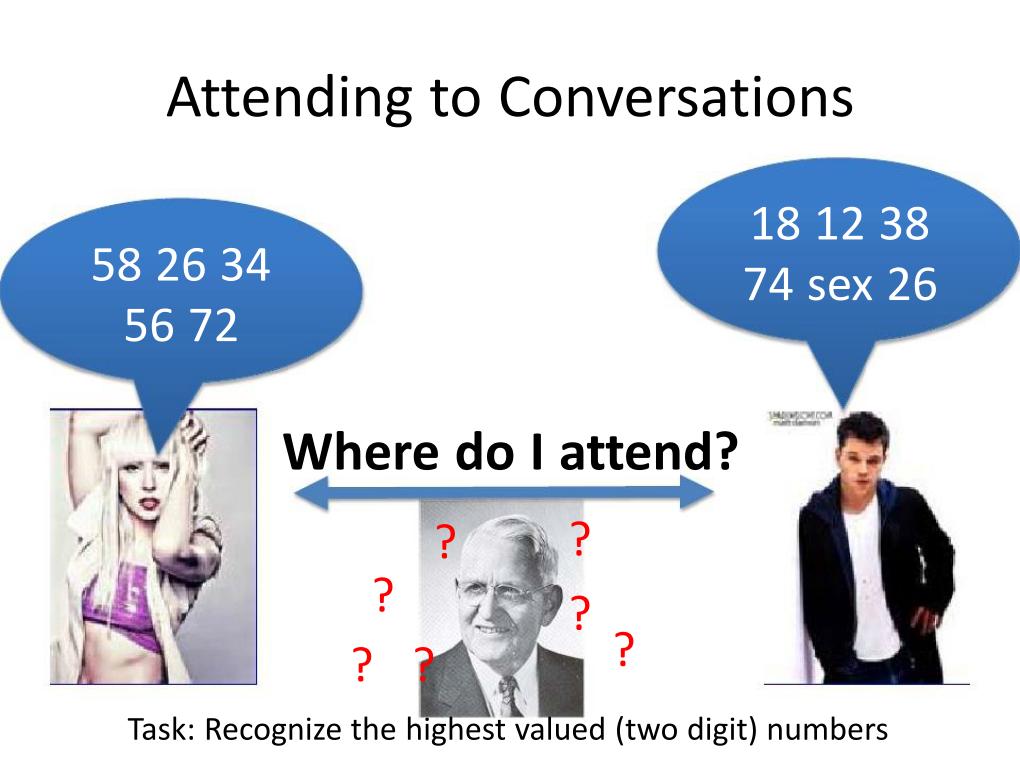 20. Attending to Conversations
1704.5223989612075
00:00/00:00
20. Attending to Conversations
1704.5223989612075
00:00/00:00 -
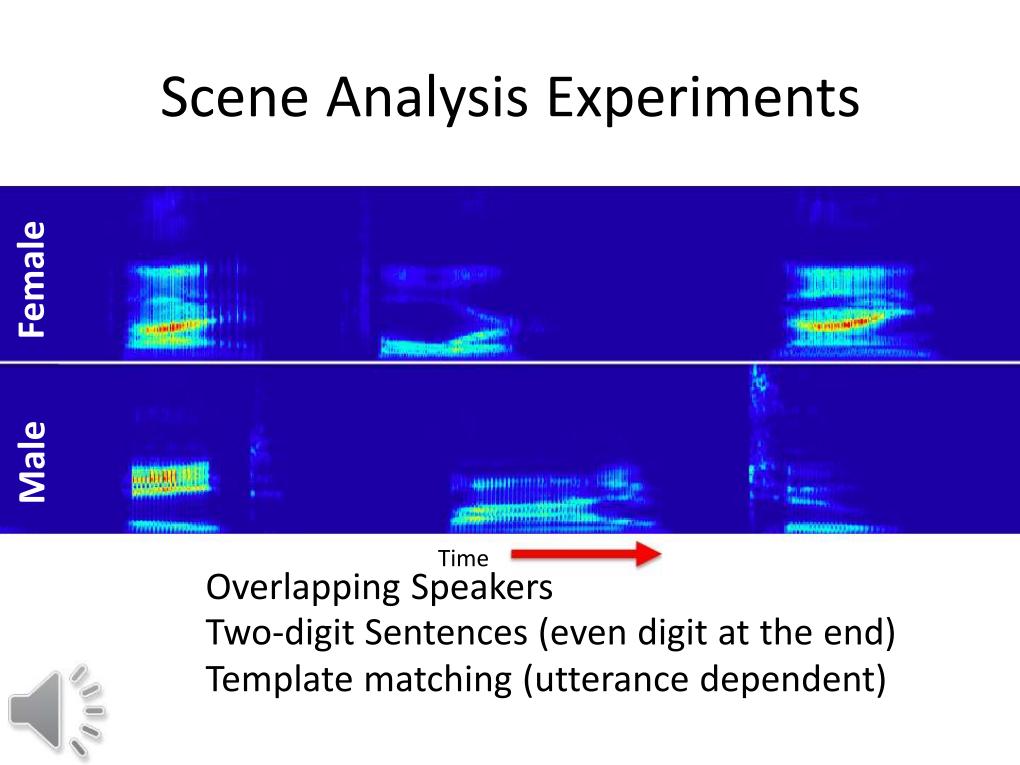 21. Scene Analysis Experiments
1798.7360006492452
00:00/00:00
21. Scene Analysis Experiments
1798.7360006492452
00:00/00:00 -
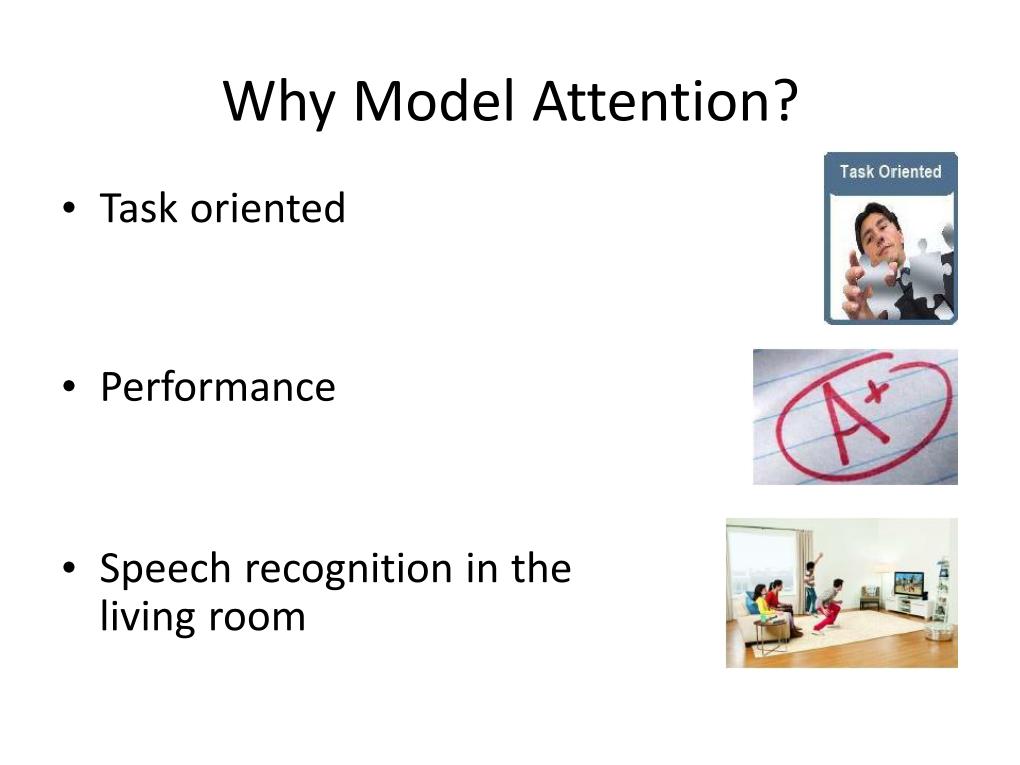 22. Why Model Attention?
1856.2558837851
00:00/00:00
22. Why Model Attention?
1856.2558837851
00:00/00:00 -
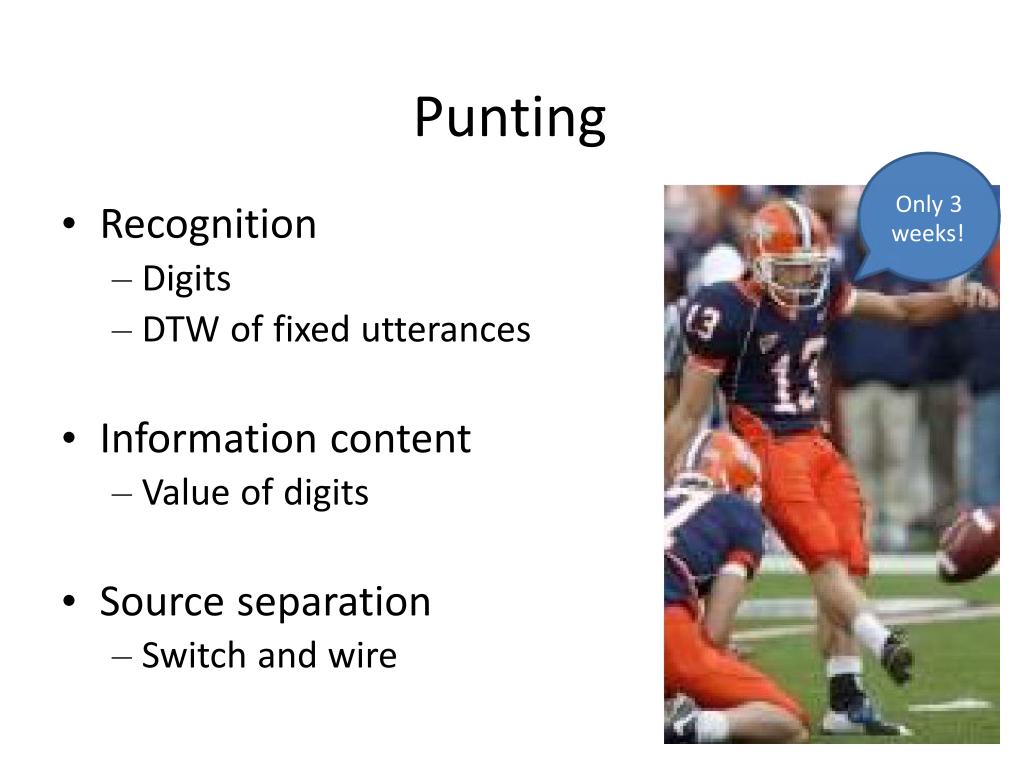 23. Punting
1934.3540009738679
00:00/00:00
23. Punting
1934.3540009738679
00:00/00:00 -
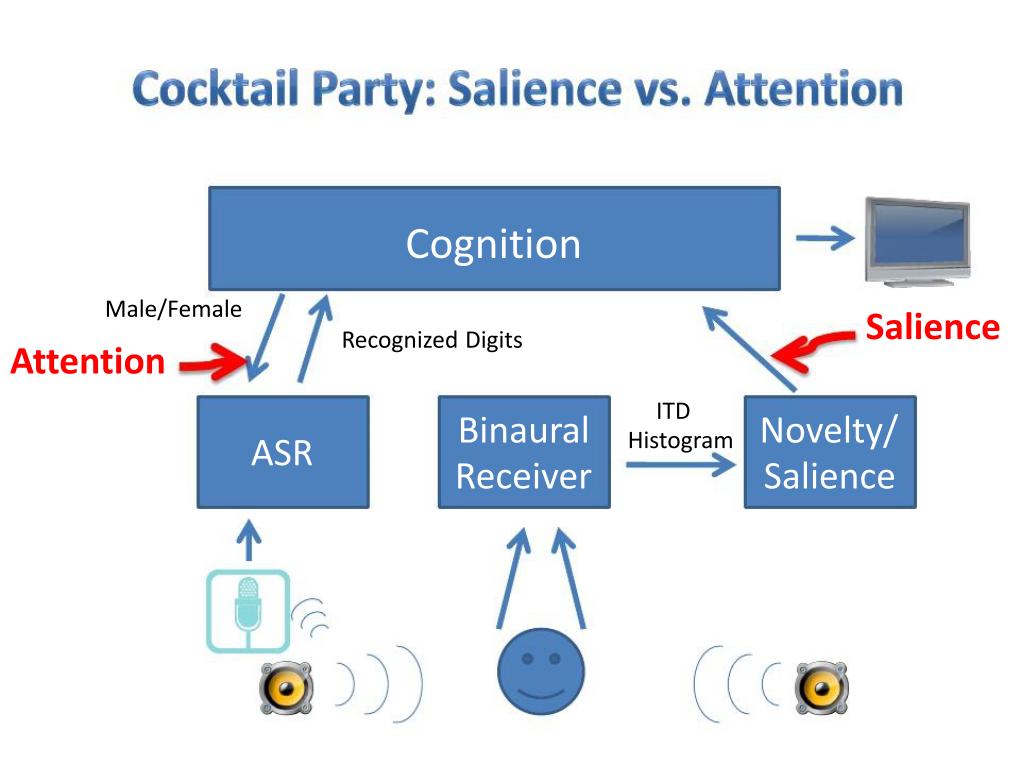 24. Cognition Recognized Digits
1964.6015257263432
00:00/00:00
24. Cognition Recognized Digits
1964.6015257263432
00:00/00:00 -
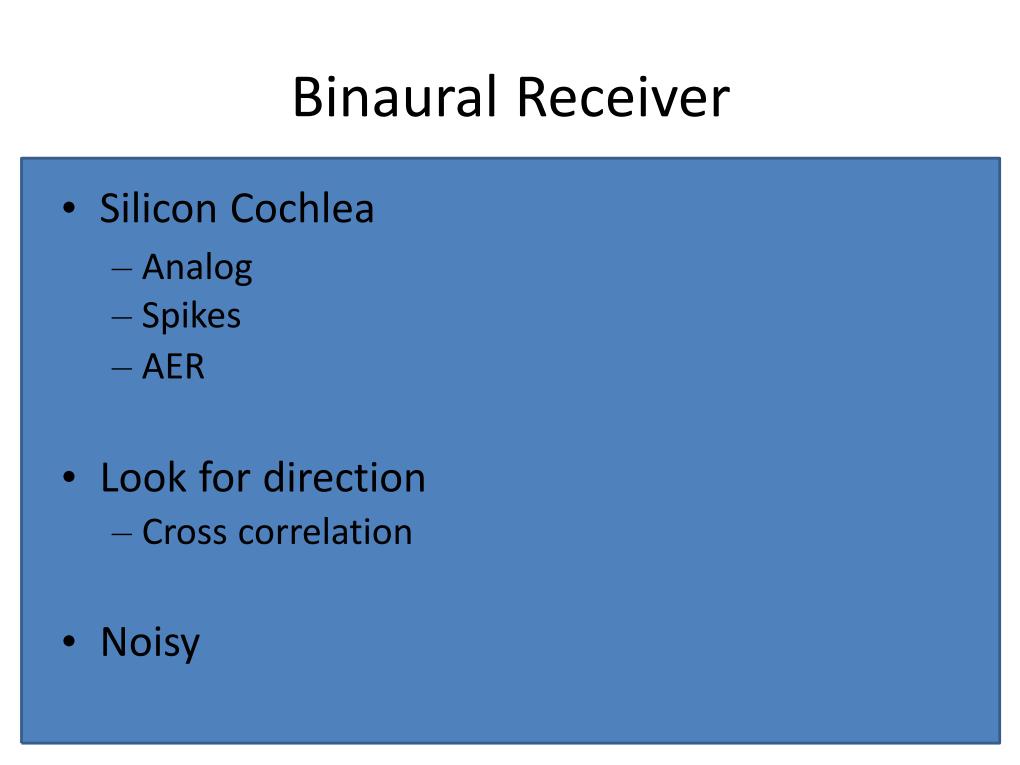 25. Binaural Receiver
2047.1623924687551
00:00/00:00
25. Binaural Receiver
2047.1623924687551
00:00/00:00 -
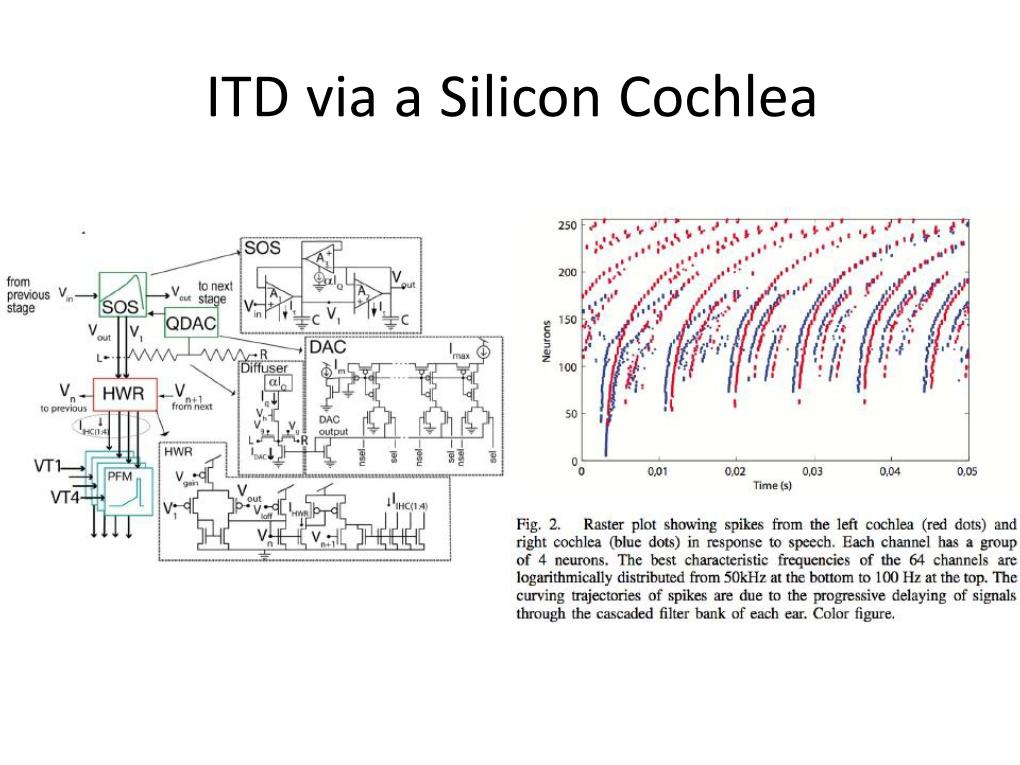 26. ITD via a Silicon Cochlea
2077.9057782827463
00:00/00:00
26. ITD via a Silicon Cochlea
2077.9057782827463
00:00/00:00 -
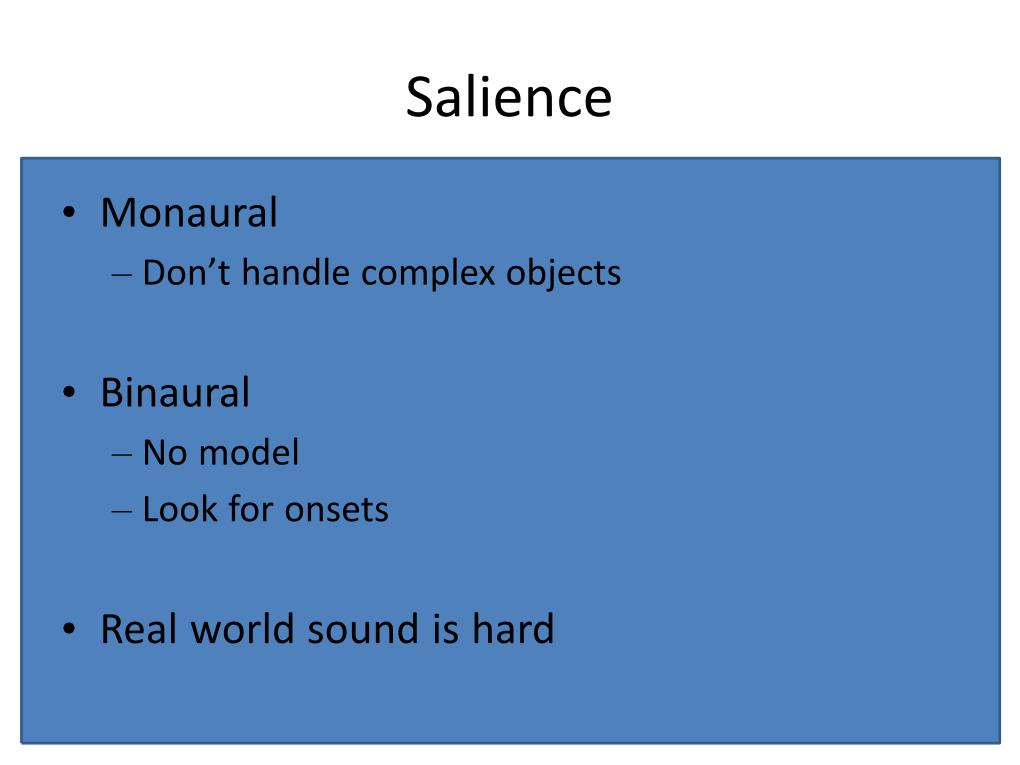 27. Salience
2113.7317399772764
00:00/00:00
27. Salience
2113.7317399772764
00:00/00:00 -
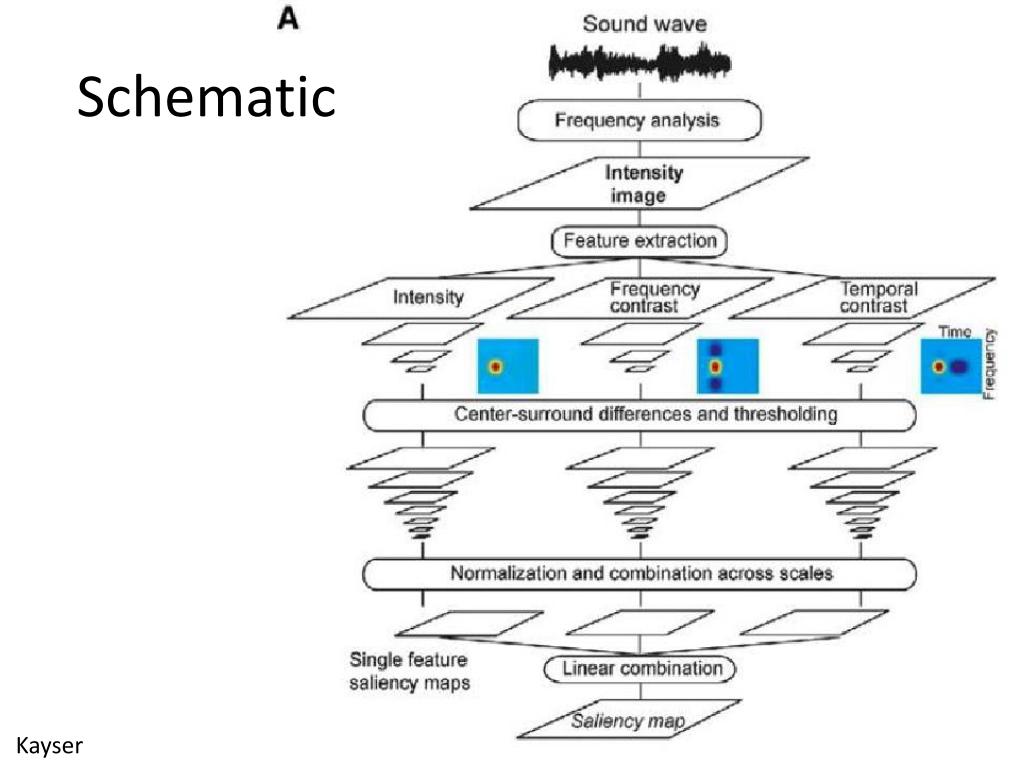 28. Schematic
2137.9049667261806
00:00/00:00
28. Schematic
2137.9049667261806
00:00/00:00 -
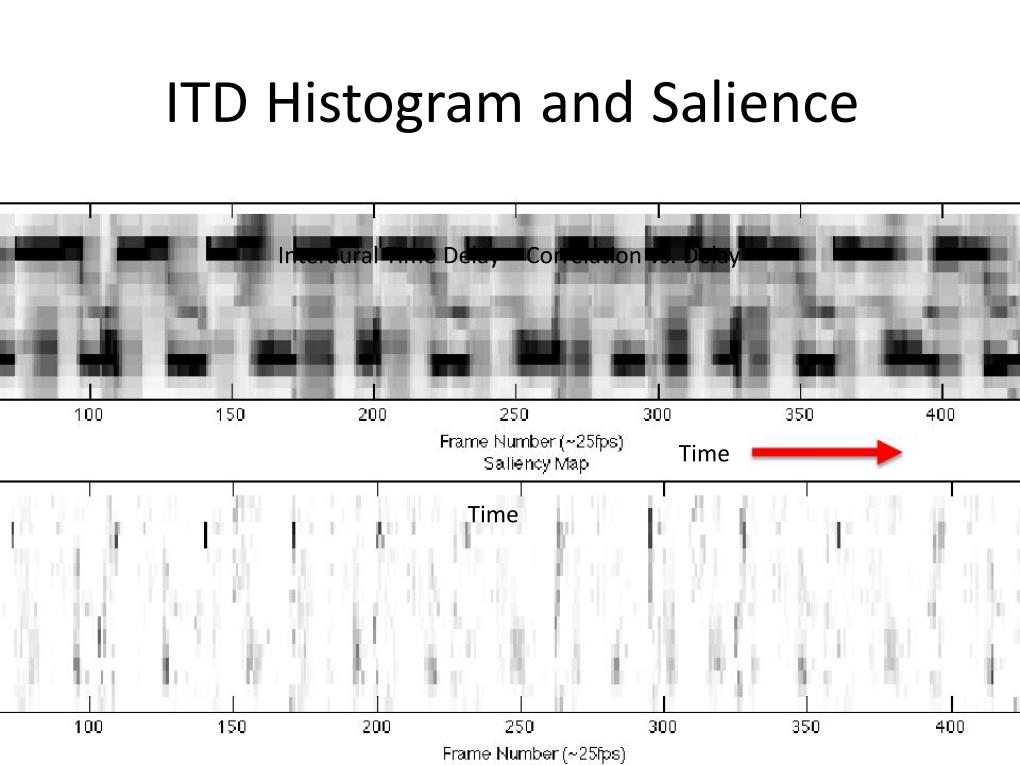 29. ITD Histogram and Salience
2179.3093653627657
00:00/00:00
29. ITD Histogram and Salience
2179.3093653627657
00:00/00:00 -
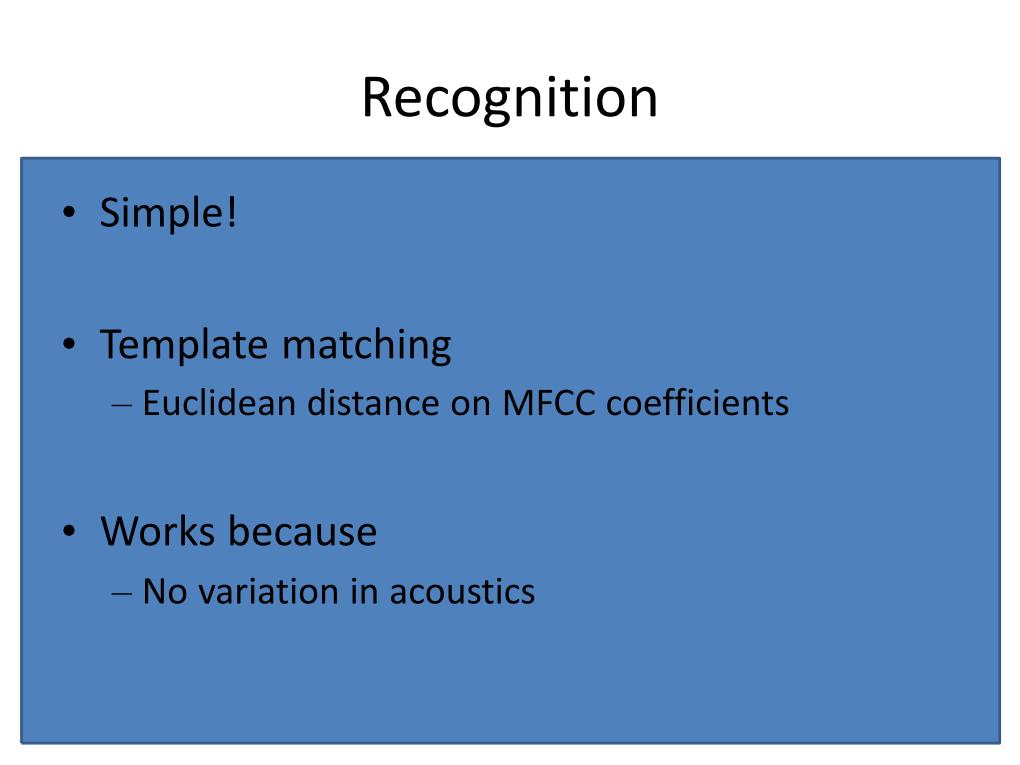 30. Recognition
2242.035789644538
00:00/00:00
30. Recognition
2242.035789644538
00:00/00:00 -
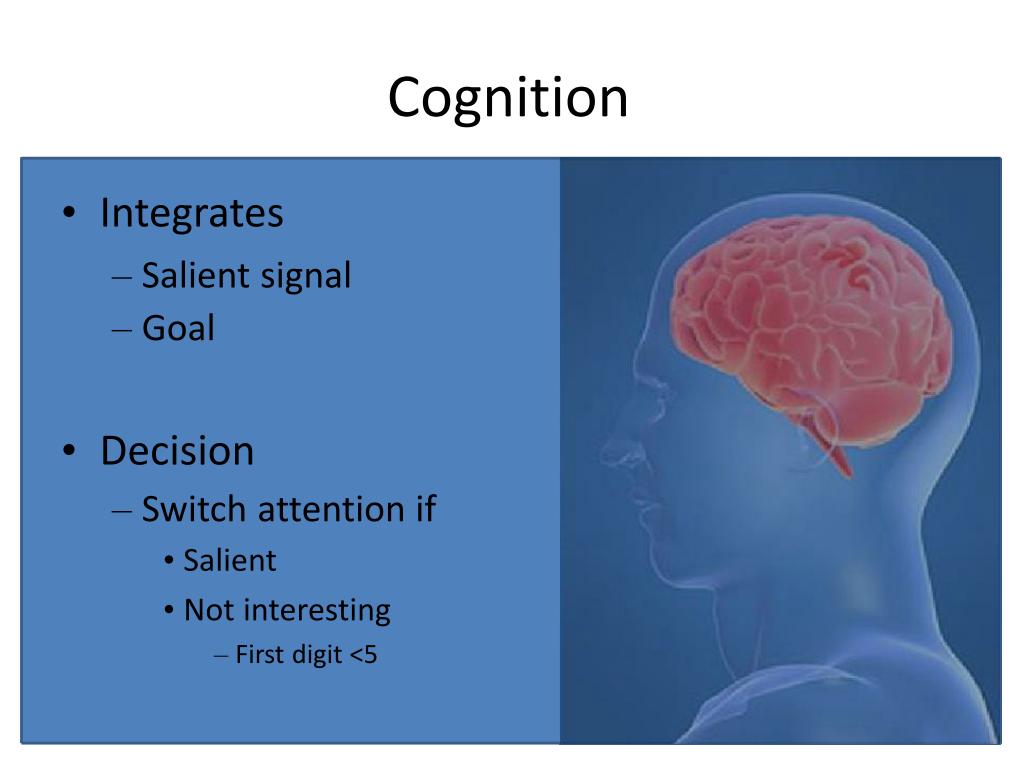 31. Cognition
2256.0438646323651
00:00/00:00
31. Cognition
2256.0438646323651
00:00/00:00 -
 32. Results
2296.456541145918
00:00/00:00
32. Results
2296.456541145918
00:00/00:00 -
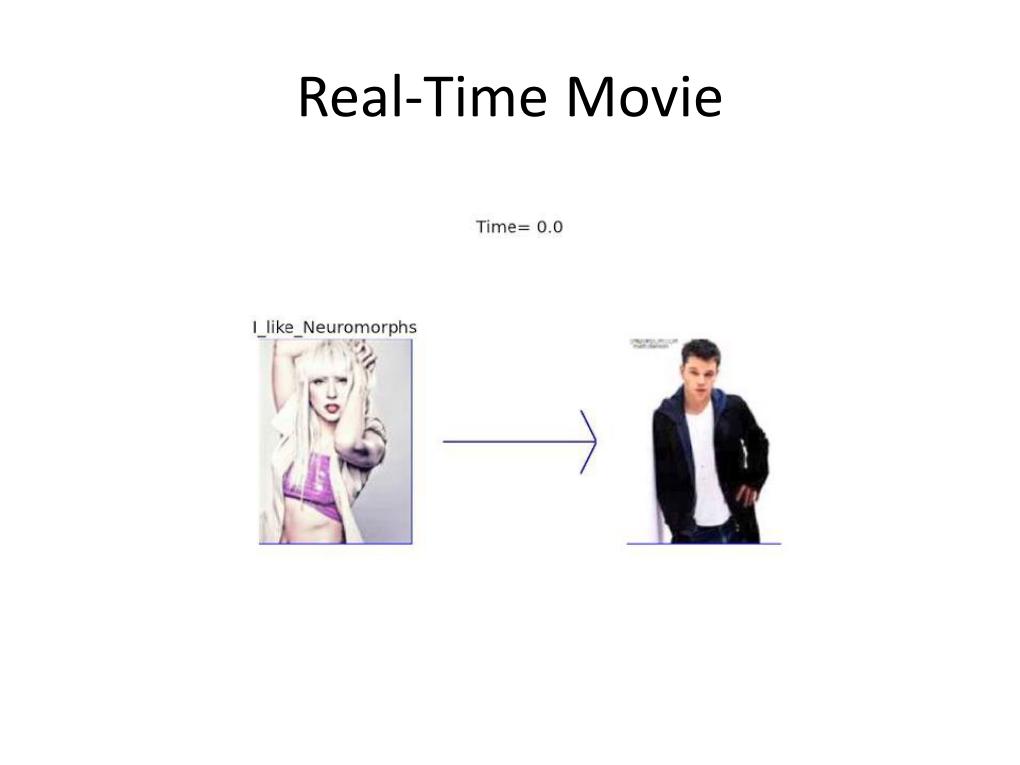 33. Real-Time Movie
2314.0596088297352
00:00/00:00
33. Real-Time Movie
2314.0596088297352
00:00/00:00 -
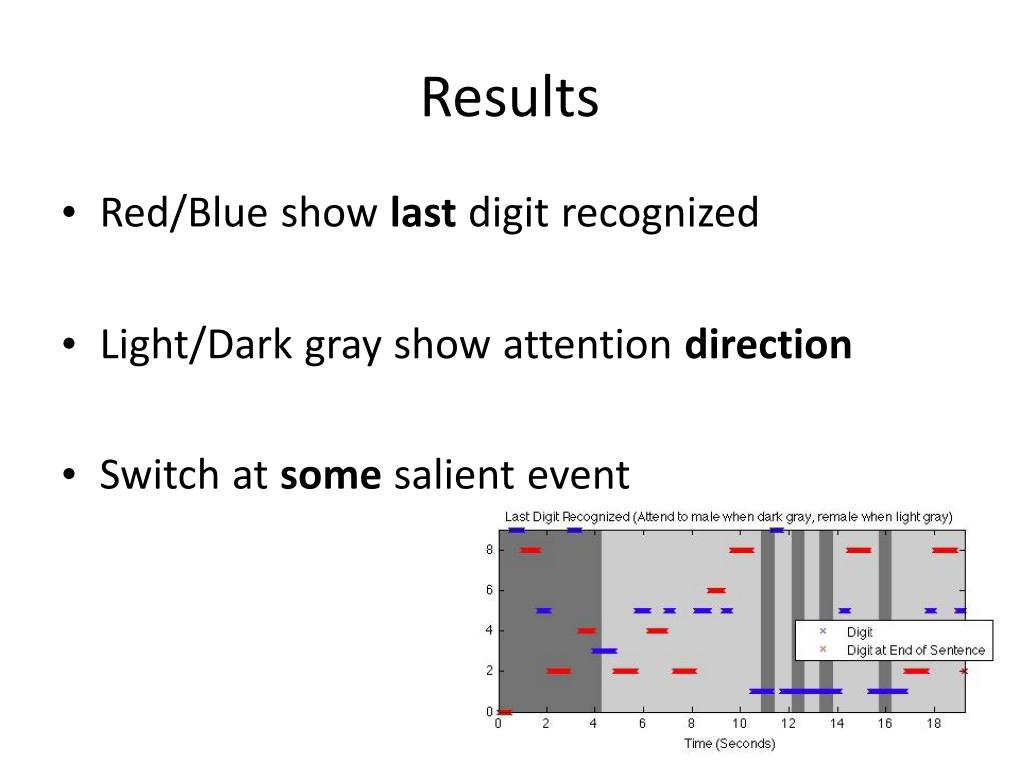 34. Results
2339.7204187631878
00:00/00:00
34. Results
2339.7204187631878
00:00/00:00 -
 35. Distracted
2385.8354974841745
00:00/00:00
35. Distracted
2385.8354974841745
00:00/00:00 -
 36. Smart
2412.2400990099013
00:00/00:00
36. Smart
2412.2400990099013
00:00/00:00 -
 37. Task Results
2429.0993751014444
00:00/00:00
37. Task Results
2429.0993751014444
00:00/00:00 -
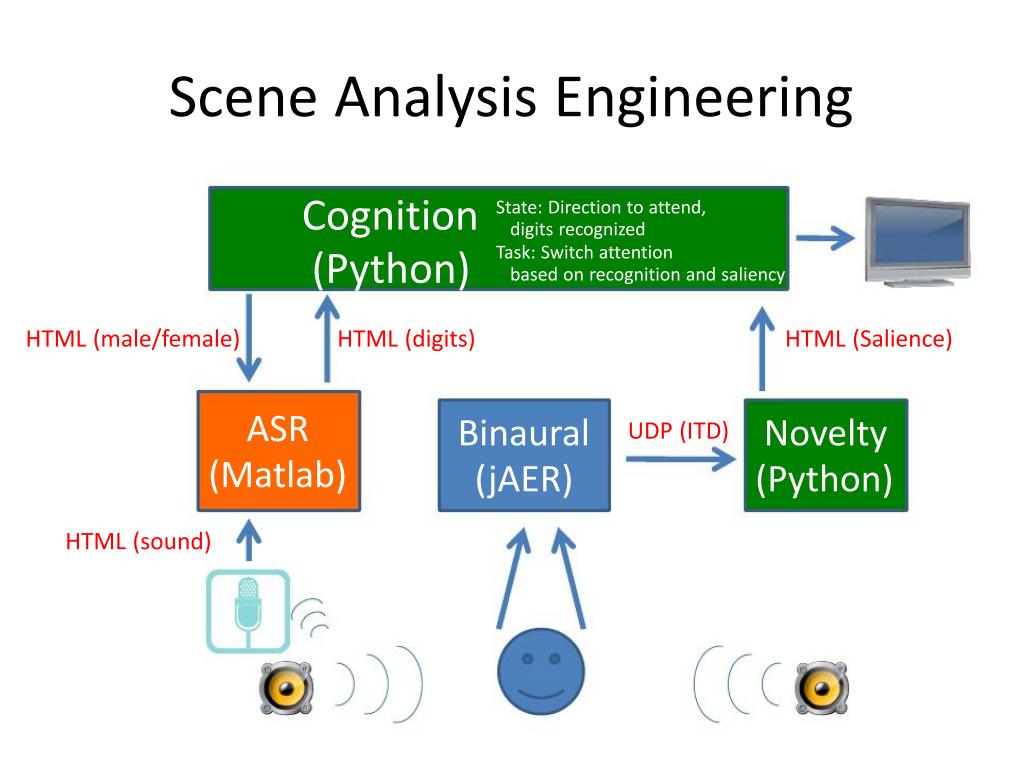 38. Scene Analysis Engineering
2461.5782746307418
00:00/00:00
38. Scene Analysis Engineering
2461.5782746307418
00:00/00:00 -
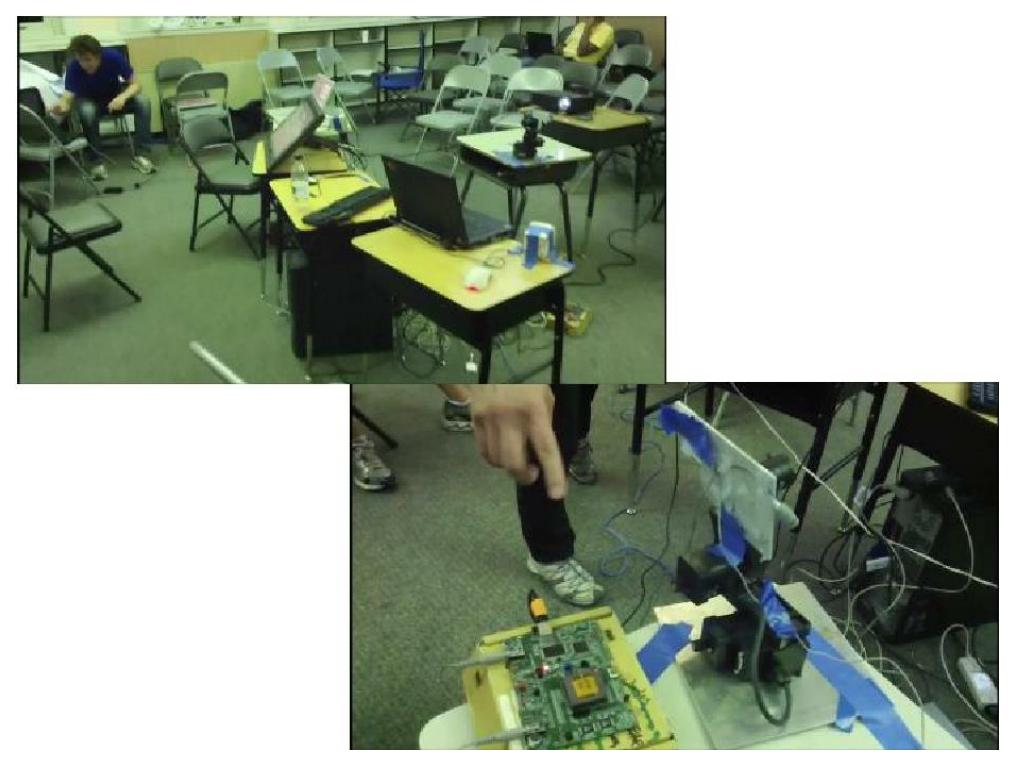 39. Slide 39: Untitled
2514.6354082129524
00:00/00:00
39. Slide 39: Untitled
2514.6354082129524
00:00/00:00 -
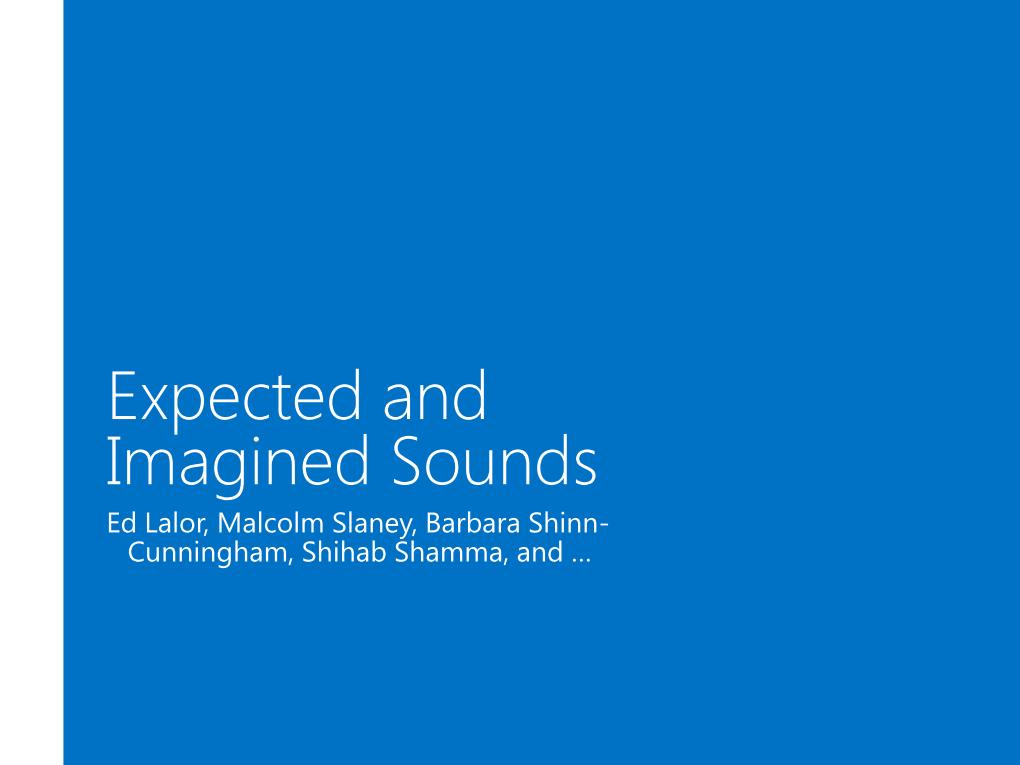 40. Expected and
2553.5605015419574
00:00/00:00
40. Expected and
2553.5605015419574
00:00/00:00 -
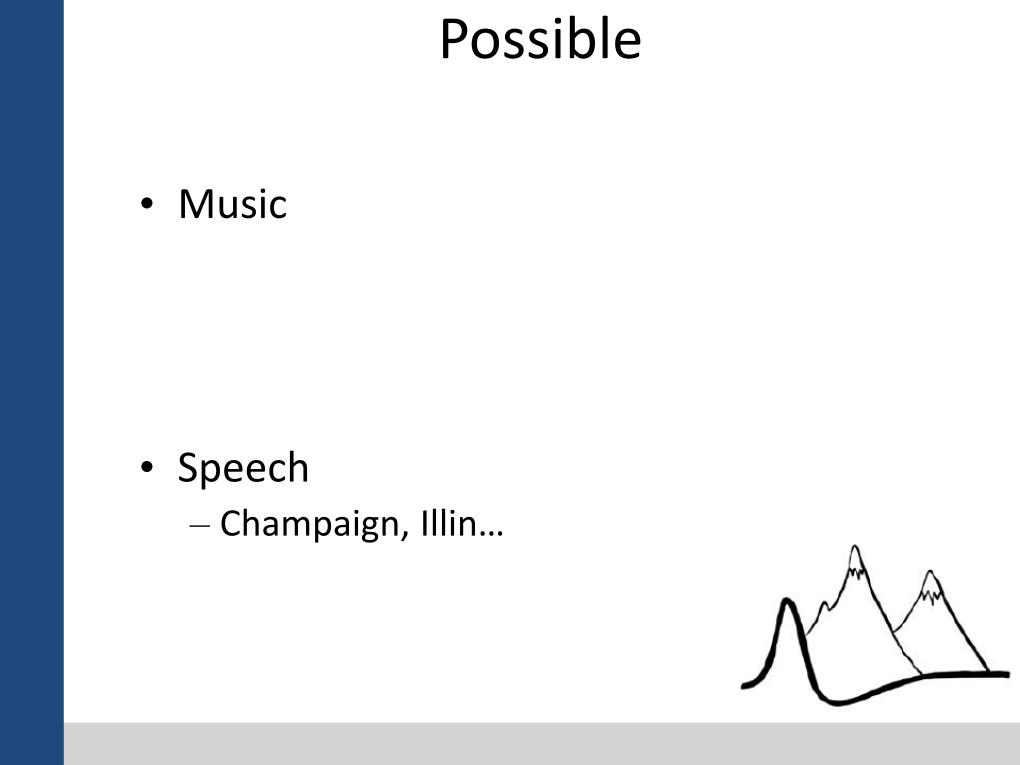 41. Possible
2569.6759860412271
00:00/00:00
41. Possible
2569.6759860412271
00:00/00:00 -
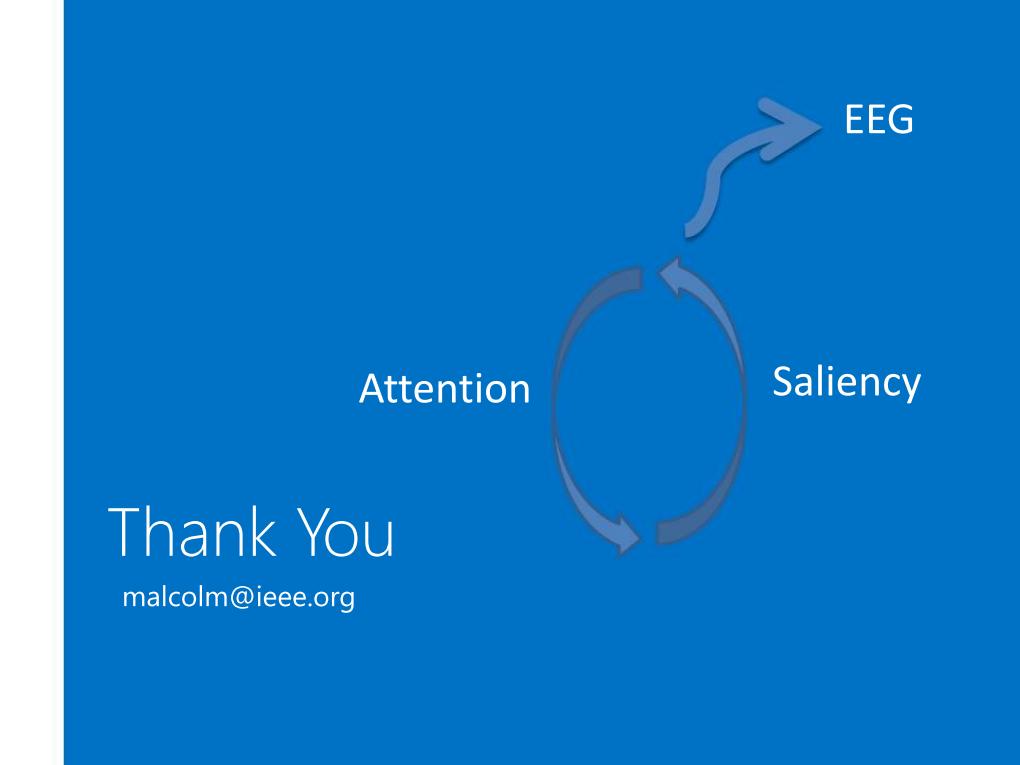 42. EEG
2616.5348563544876
00:00/00:00
42. EEG
2616.5348563544876
00:00/00:00